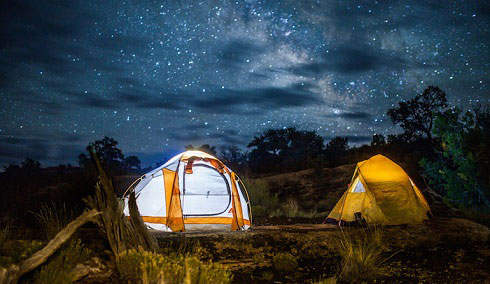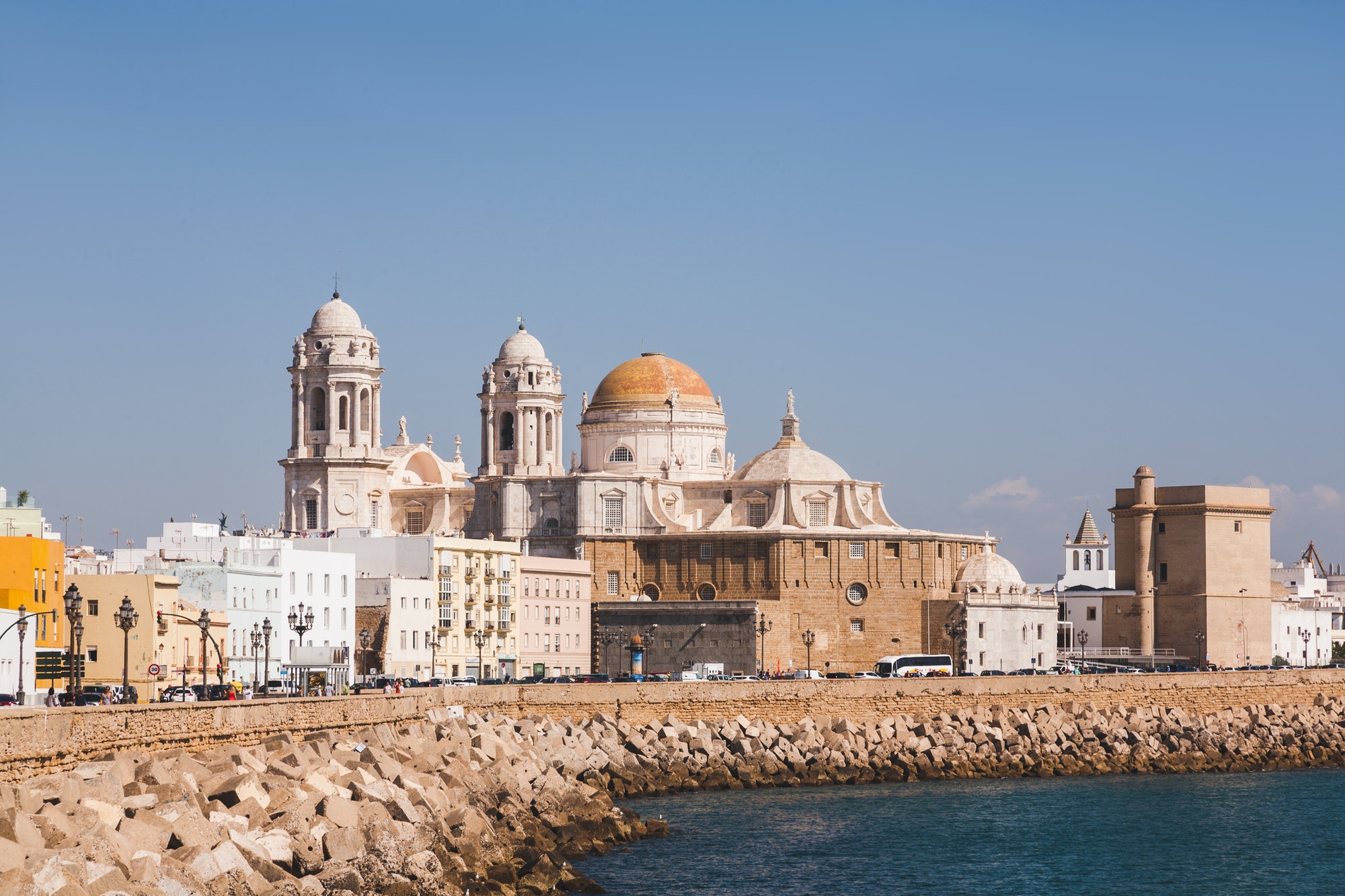Simply Look Up for Starry Skies in National Parks
In our national parks and those in other countries, one sight always surprises us: the star-studded skies. We expect to see awesome vistas, cascading waterfalls, towering canyon walls, and other park wonders, but by simply looking up at night we experience a dazzling display of constellations, planets, and nebulae normally invisible to us in our cities because of light pollution. The starry skies are even more wondrous if the park has earned the International Dark Sky Park designation. Those places – parks, preserves, and communities – worldwide preserve the night sky through a variety of measures promoted by the International Dark-Sky Association (IDA), including using outdoor light fixtures that minimize glare, only light needed areas, and point downward. As a result, the skies glow with an awe-inspiring brilliance.
Find the mythic night skies at these four sites:
Grand Canyon, Arizona

When the sun strikes the Grand Canyon’s walls in the morning, it turns them orange and red and in the evening as the light wanes, the rock walls morph to deep blues and purples. And at night, the stars pop and glow in an amazing sky. In June, the Grand Canyon received provisional status as an IDA International Dark Sky Park, giving the park three years to retrofit lights and fixtures.
Great Basin National Park, Nevada

Located in east central Nevada, The Great Basin National Park, an IDA International Dark Sky Park, encompasses 77,180 acres that include caves and stands of 4,000-year-old bristlecone pine trees. Because the park offers some of the darkest and clearest night skies in the contiguous US, the park is building an observatory. The Great Basin Observatory is scheduled to open on August 25, 2016 – the 100th anniversary of the National Park Service.
Dead Horse Point State, Utah

Adjacent to Canyonlands National Park, Dead Horse Point State Park received IDA International Dark Sky Park status in June. The park, known for its cliffs, canyons and snaking river, also gains fame as the site for the scene in the Grand Canyon in the movie “Thelma and Louise.”
Hortobágy National Park, Hungary

A haven for birds, Hortobágy features the largest continuous native grassland in Europe. Lighting has been retrofitted to create the Hortobágy Starry Sky Park area. Check the park schedule for guided night walks.
Eifel National Park, Germany
Situated in west-central Germany near the Belgian border, the park is in a densely populated area of Europe, but still manages to be a dark sky place.


 Physician's Money Digest
Physician's Money Digest Physician's Money Digest
Physician's Money Digest Physician's Money Digest
Physician's Money Digest Physician's Money Digest
Physician's Money Digest Physician's Money Digest
Physician's Money Digest Physician's Money Digest
Physician's Money Digest Dentist's Money Digest
Dentist's Money Digest Physician's Money Digest
Physician's Money Digest